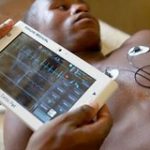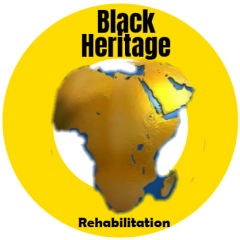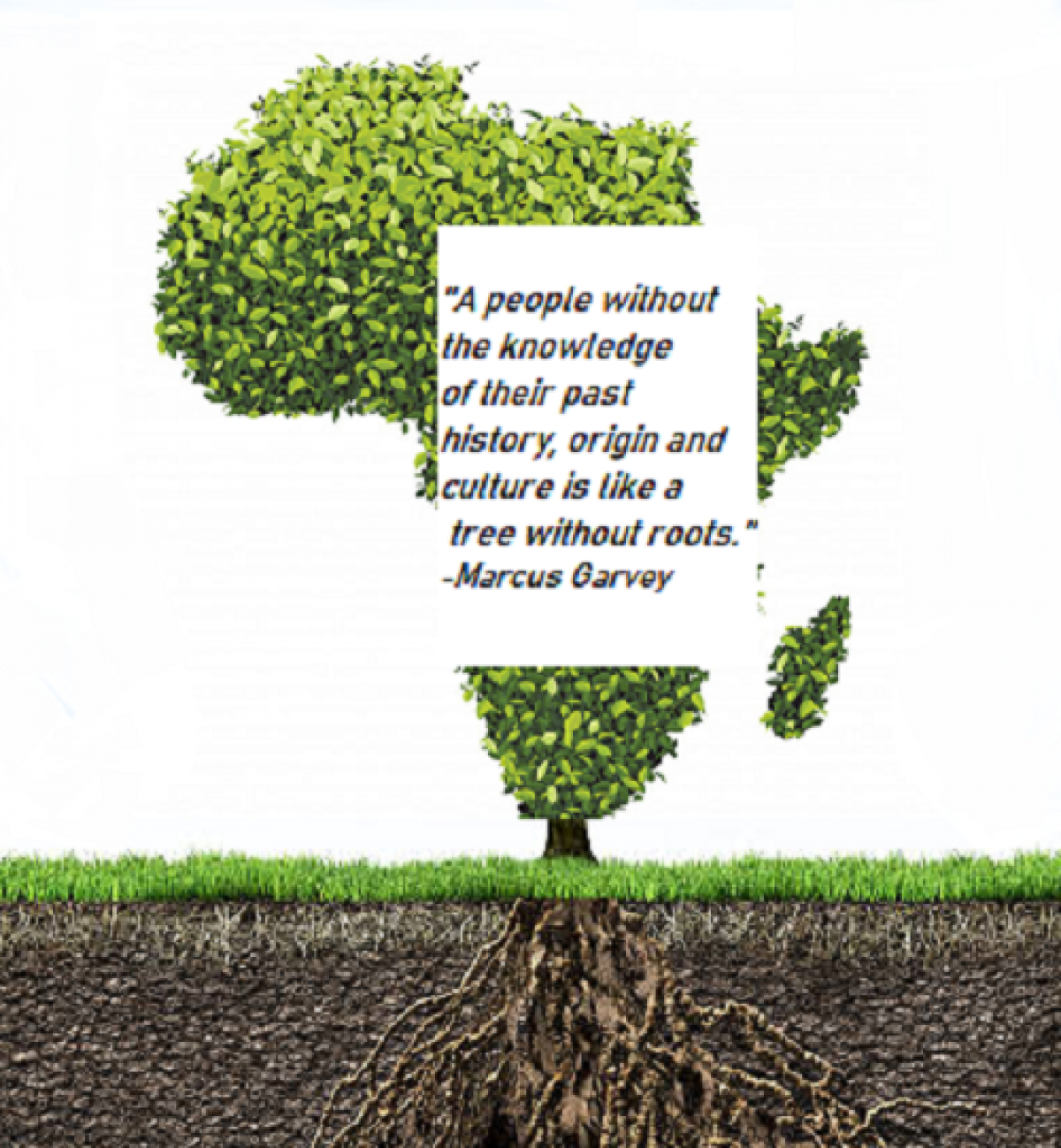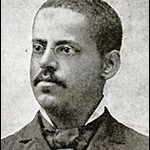Part of Series: Continental African Inventors & Innovators
Not many in Africa and worldwide know that Africans on the continent are also inventors…
Mr. ARTHUR ZANG OF CAMEROON
 Cameroonian Arthur Zang invented the device called the Cardiopad. He was just 24 years old when he invented it. The Cardiopad is a touch screen medical tablet that enables heart examinations to be performed. The results of the tests are sent wirelessly to specialists in other parts of Cameroon who can interpret them.
Cameroonian Arthur Zang invented the device called the Cardiopad. He was just 24 years old when he invented it. The Cardiopad is a touch screen medical tablet that enables heart examinations to be performed. The results of the tests are sent wirelessly to specialists in other parts of Cameroon who can interpret them.
EARLY LIFE
Arthur Zang was born in Mbankomo Cameroon on 26th November, 1987. He graduated with a degree in Computer Science from École Nationale Supérieure Polytechnique, Yaounde, in 2010. He pursued a Master’s Degree at the same institution two years later.
2011 – 2012 THE CARDIOPAD INVENTION
The Cardiopad is a tablet computer that takes a reading and sends it to a heart specialist.
 It allows health workers to give heart examinations and send the results to heart specialists far away. It allows local medical officers to conduct heart examinations like the popular electrocardiogram, or ECG as it is popularly known. The results from his Cardiopad are sent to a cardiologist via a mobile network and can be interpreted within 20 minutes.
It allows health workers to give heart examinations and send the results to heart specialists far away. It allows local medical officers to conduct heart examinations like the popular electrocardiogram, or ECG as it is popularly known. The results from his Cardiopad are sent to a cardiologist via a mobile network and can be interpreted within 20 minutes.
BBC Africa’s Mamadou Moussa Ba says there are just 50 cardiologists in Cameroon, which has a population of 20 million people. This invention means more people in rural communities and underserved regions will have access to heart examinations at a reasonable cost.
In developing the prototype, Arthur Zang first posted his project on Facebook. Eventually, he received funding worth $20,000 from the Cameroonian government which he used to produce 20 tablets.
Mr Zang’s invention was awarded the Africa Prize for Engineering Innovation by the UK’s Royal Academy of Engineering at a ceremony in the Tanzanian city of Dar es Salaam.The cash prize for his device, the Cardiopad was £25,000 ($37,000).
Cardiopads are distributed to hospitals and clinics in Cameroon free of charge, and patients pay $29 (£20) yearly subscriptions. The Cardiopad is simple to operate, and works much like an electrocardiograph. Electrodes are connected to the patient being diagnosed and then connected to a module. This module is then connected to the tablet. In less than half an hour, the readings are sent over a mobile network to a specialist normally located miles away from the health post. The cardiologist is then able to perform computer-assisted diagnosis with a reliability score of up to 95.7%.
While developing the device, his own uncle who was suffering from stroke suddenly died. The loss, Mr Zang said in a BBC interview, pushed him to complete the Cardiopad. The Cardiopad was “the first fully touch screen medical tablet made in Cameroon and in Africa,” he said in 2012 after its invention.”
The device has been sold in other African nations, e.g. Gabon as well as outside Africa, in places such as India and Nepal.
2014 HIMORE MEDICAL EQUIPMENTS
After inventing the Cardiopad, Marc Arthur Zang established the Himore Medical Equipments in 2014. The aim was to be able to scale the Cardiopad project to meet the rising demand. As the CEO and Chief Engineer in Biomedical Engineering Project at Himore, Mr Zang is pioneering the development of low-cost medical devices to support the delivery of telemedicine. Some of their products include electrodes used in electrocardiography (ECG), ECG cables, and an ECG Bluetooth Sensor Box which transmits heart signals to a Cardiopad.
2011-2016 AWARDS
For his invention, Mr Zang was awarded the 2015/2016 Africa Prize for Engineering Innovation by the Royal Academy of Engineering at an event held in Dar es Salaam, Tanzania. He received $37,000 in prize money.
In 2011, he was a semifinalist in Microsoft’s student technology competition, Imagine Cup. A year later, he was awarded with medical innovation awards by the Cameroonian Association of Engineers and Computer Scientists, known in Germany as VKII.
Arthur Zang was also awarded Young Laureate under the Rolex Awards for Enterprise programme in 2014. The award celebrates exceptional individuals who take on challenges and initiate extraordinary projects that can make the world a better place.
Source: Excerpts from
1) Article 27th May 2016 “Cameroon’s Cardiopad inventor wins African engineering award” https://www.bbc.co.uk/news/world-africa-36397164
2) Article 2nd March 2019 African Inventor of the Month Arthur Zang https://gesatech.com/african-inventor-of-the-month-arthur-zang/#.XvjNqShKjIU


 You have only heard about Thomas Edison in relation to the invention of the light bulb right? Read about Lewis Latimer’s invention in relation to this.
You have only heard about Thomas Edison in relation to the invention of the light bulb right? Read about Lewis Latimer’s invention in relation to this. In 1890, Latimer, having been hired by Thomas Edison, began working in the legal department of Edison Electric Light Company, serving as the chief draftsman and patent expert. In this capacity he drafted drawings and documents related to Edison patents, inspected plants in search of infringers of Edison’s patents, conducted patent searches and testified in court proceeding on Edison’s behalf. Later that year wrote the worlds most thorough book on electric lighting, “Incandescent Electric Lighting: A Practical Description of the Edison System.”
In 1890, Latimer, having been hired by Thomas Edison, began working in the legal department of Edison Electric Light Company, serving as the chief draftsman and patent expert. In this capacity he drafted drawings and documents related to Edison patents, inspected plants in search of infringers of Edison’s patents, conducted patent searches and testified in court proceeding on Edison’s behalf. Later that year wrote the worlds most thorough book on electric lighting, “Incandescent Electric Lighting: A Practical Description of the Edison System.” PART 1
PART 1


 Who is She?
Who is She?